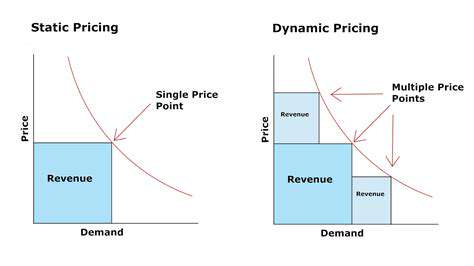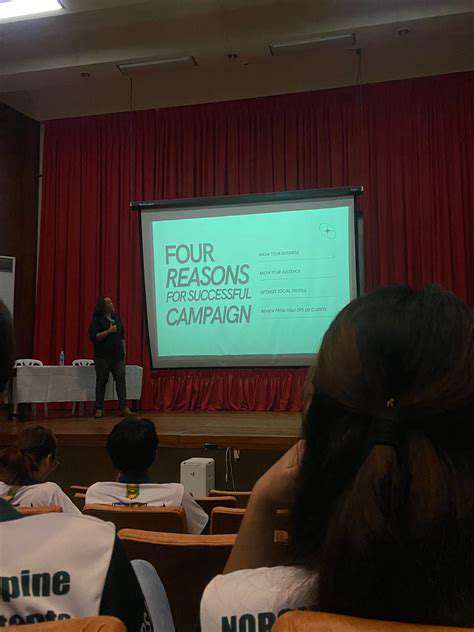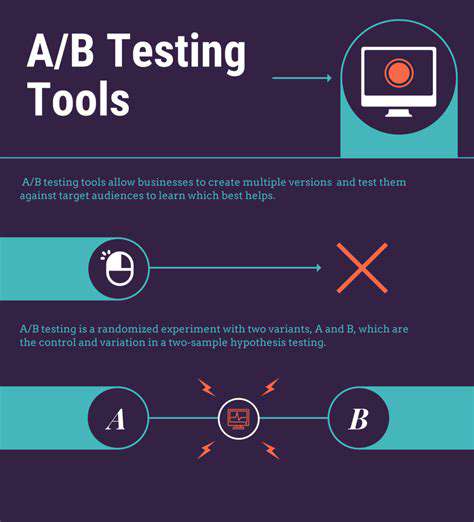Optimizing Your Website for Mobile Speed
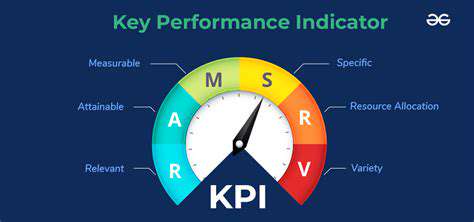
Optimizing Images for Mobile Performance
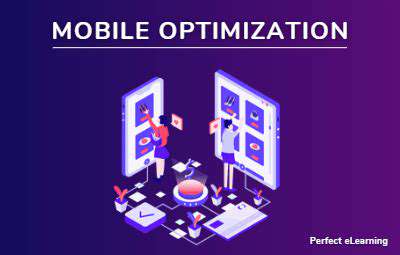
Image Compression Techniques
Image optimization separates the mobile winners from the losers. The wrong image approach can single-handedly destroy page speed, while smart compression maintains visual quality while dramatically improving load times. Modern formats like WebP often provide 30% smaller files than JPEG at comparable quality - a difference users notice immediately on mobile connections.
Choosing formats strategically matters more than many realize. Photographs typically benefit from lossy compression, while graphics and text require lossless formats. The most successful mobile teams don't just compress - they implement format-specific optimization pipelines that automatically deliver the ideal balance for each asset type.
Image Formats and Delivery
Smart format selection is only half the battle. Modern image delivery combines technical optimization with strategic distribution through CDNs and responsive loading. Serving properly sized images for each device prevents wasted bandwidth while maintaining crisp visuals. Progressive loading techniques can create the perception of speed even while larger assets load in the background.
The most overlooked aspect of image optimization? Monitoring. Without tracking real-world performance metrics, you're flying blind. Top-performing sites continuously analyze how their image strategy performs across different networks and devices, using data to drive constant incremental improvements.
Leveraging Caching Strategies for Faster Loading Times
Understanding Caching Fundamentals
Caching represents one of the highest-ROI performance investments available. By storing frequently accessed data closer to users, you can slash load times while reducing server costs. The key lies in understanding caching hierarchies - from browser caches for individual users to distributed CDN caches serving entire regions.
Browser Caching: The First Line of Defense
Browser caching delivers immediate speed boosts by eliminating redundant downloads. Proper cache headers can make repeat visits feel instantaneous, creating a stickier user experience. The challenge lies in balancing freshness with performance - set expiry times too short and you lose benefits, too long and users see stale content.
Server-Side Caching: Enhancing Scalability
For dynamic content, server-side caching is essential. Caching database queries and API responses can reduce backend load by 90% or more during traffic spikes. The most sophisticated implementations use layered caching strategies that combine memory, disk, and distributed caches based on access patterns.
Content Delivery Networks (CDNs): Global Reach, Enhanced Speed
CDNs transform global performance by putting content within milliseconds of users worldwide. A well-configured CDN doesn't just speed up delivery - it can absorb traffic spikes and DDoS attacks that would cripple origin servers. Modern edge computing capabilities now allow running application logic at the CDN level for even greater performance gains.
Implementing Caching Strategies: Practical Considerations
Effective caching requires thoughtful invalidation strategies. Tag-based cache purging, versioned URLs, and automated expiration policies prevent users from seeing outdated content while maintaining speed benefits. The most successful teams treat cache configuration as an ongoing optimization process rather than a one-time setup.
Minimizing HTTP Requests and Utilizing Content Delivery Networks (CDNs)
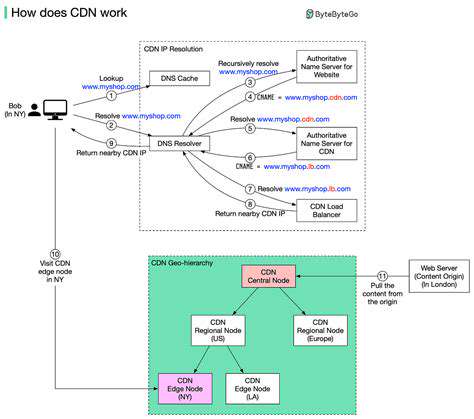
Optimizing Website Performance
Each HTTP request represents potential delay, making request reduction one of the most effective speed optimizations. Modern best practices include bundling resources, implementing smart lazy loading, and eliminating unnecessary third-party scripts. The leanest mobile sites often see 50-70% faster load times than bloated competitors.
Leveraging Browser Caching
Caching transforms performance economics by making repeat visits nearly free. Proper cache configuration can reduce bandwidth usage by 90% for returning users while making navigation feel instantaneous. The most sophisticated implementations use cache-aware loading strategies that prioritize uncached resources for first-time visitors.
Combining Resources
Resource bundling delivers outsize benefits on mobile networks where connection setup dominates transfer time. Combining CSS/JS files and using sprites for icons can cut request counts by 80% or more. Modern build tools automate this process while maintaining development flexibility through source maps and module systems.
Using Content Delivery Networks (CDNs)
CDNs provide more than just distributed caching - their anycast routing optimizes TCP connections, their compression reduces transfer sizes, and their edge logic can personalize content delivery. For global businesses, CDNs aren't optional - they're essential infrastructure that makes the difference between engaging users and losing them to latency.
Compressing Resources
Compression represents low-hanging fruit that too many sites leave unpicked. Modern algorithms like Brotli often outperform gzip by 15-20%, with zero quality loss. Combined with minification and intelligent chunking, compression can shrink transfer sizes by 70%+ for text-based resources - a transformative difference on mobile networks.


